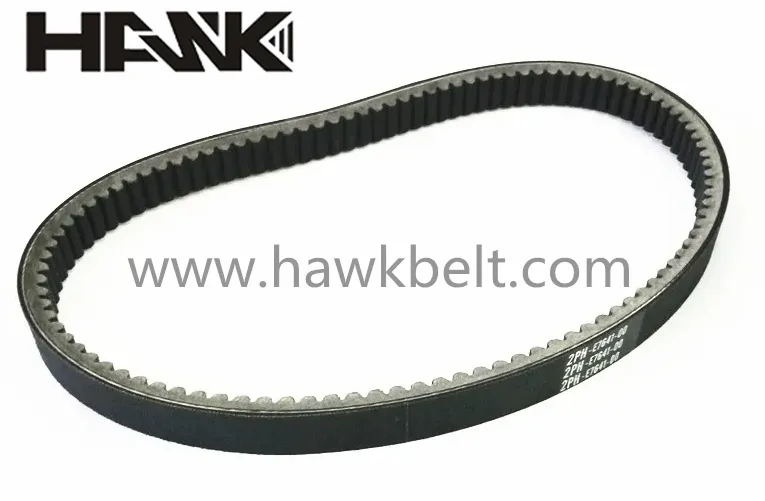- Arabic
- French
- Russian
- Spanish
- Portuguese
- Turkish
- Armenian
- English
- Albanian
- Amharic
- Azerbaijani
- Basque
- Belarusian
- Bengali
- Bosnian
- Bulgarian
- Catalan
- Cebuano
- Corsican
- Croatian
- Czech
- Danish
- Dutch
- Afrikaans
- Esperanto
- Estonian
- Finnish
- Frisian
- Galician
- Georgian
- German
- Greek
- Gujarati
- Haitian Creole
- hausa
- hawaiian
- Hebrew
- Hindi
- Miao
- Hungarian
- Icelandic
- igbo
- Indonesian
- irish
- Italian
- Japanese
- Javanese
- Kannada
- kazakh
- Khmer
- Rwandese
- Korean
- Kurdish
- Kyrgyz
- Lao
- Latin
- Latvian
- Lithuanian
- Luxembourgish
- Macedonian
- Malgashi
- Malay
- Malayalam
- Maltese
- Maori
- Marathi
- Mongolian
- Myanmar
- Nepali
- Norwegian
- Norwegian
- Occitan
- Pashto
- Persian
- Polish
- Punjabi
- Romanian
- Samoan
- Scottish Gaelic
- Serbian
- Sesotho
- Shona
- Sindhi
- Sinhala
- Slovak
- Slovenian
- Somali
- Sundanese
- Swahili
- Swedish
- Tagalog
- Tajik
- Tamil
- Tatar
- Telugu
- Thai
- Turkmen
- Ukrainian
- Urdu
- Uighur
- Uzbek
- Vietnamese
- Welsh
- Bantu
- Yiddish
- Yoruba
- Zulu
Dhj . 24, 2024 21:24 Back to list
Understanding the Importance and Benefits of Tooth Belts in Machinery Applications
Understanding the Tooth Belt A Key Component in Mechanical Systems
In the realm of mechanical engineering and automotive design, various components play crucial roles in ensuring the smooth operation of machines and vehicles. One such essential component is the tooth belt, also known as a timing belt. This article explores the structure, function, applications, and advantages of tooth belts, shedding light on why they are a vital part of modern machinery.
What is a Tooth Belt?
A tooth belt is a looped strip made from durable materials such as rubber or polyurethane, featuring evenly spaced teeth along its inner surface. These teeth are designed to mesh precisely with matching teeth on sprockets or pulleys, allowing for effective power transmission in various systems. Unlike traditional v-belts, tooth belts provide a higher amount of torque transfer with improved precision, making them ideal for applications where timing and synchronization are crucial.
Function and Mechanism
The primary function of a tooth belt is to transfer rotary motion between two or more shafts while maintaining accurate timing. This is especially important in automotive engines, where the synchronization of the crankshaft and camshaft is critical for engine performance. In a car, the tooth belt connects these two components, ensuring that the engine's valves open and close at the correct times during the combustion cycle. This precise timing is essential for maximizing engine efficiency and minimizing emissions.
Tooth belts operate in a straightforward manner when one sprocket rotates, it pulls the tooth belt, which, in turn, drives another sprocket. The interlocking teeth ensure that there is minimal slippage, allowing for reliable torque transmission. This feature is particularly beneficial in high-speed applications and those requiring accurate positional control, such as in CNC machines and robotics.
Applications
Tooth belts are found in a wide range of applications across various industries. Here are some notable examples
1. Automotive Industry As mentioned earlier, tooth belts are commonly used in internal combustion engines. They also play a role in auxiliary systems, such as water pumps and air conditioning compressors.
2. Industrial Machinery In manufacturing settings, tooth belts drive conveyor systems, cutting tools, and milling machines. Their ability to handle heavy loads and operate at high speeds makes them ideal for these applications.
3. Consumer Electronics Tooth belts are utilized in printers, scanners, and other office equipment, where precise movement is essential for high-quality results.
tooth belt

4. Robotics In robotic systems, tooth belts facilitate synchronized movement, enabling precise control needed for tasks such as assembly, welding, and painting.
5. HVAC Systems They are also used in heating, ventilation, and air conditioning systems to control the timing of various components, ensuring efficient operation.
Advantages of Tooth Belts
Tooth belts offer several advantages over other types of power transmission systems, such as chain drives and v-belts
- High Efficiency Tooth belts provide high power transmission efficiency due to their minimal slippage and reduced friction.
- Low Noise Levels Compared to chain drives, tooth belts operate more quietly, making them suitable for applications where noise reduction is important.
- Compact Design Tooth belts allow for a more compact design, as they do not require additional tensioning devices, unlike chains.
- Low Maintenance They require less maintenance compared to chain and gear systems, as there is no need for lubrication.
- Durability Made from resilient materials, tooth belts are designed to withstand high loads and harsh operating conditions, contributing to their long service life.
Conclusion
In conclusion, tooth belts are a fundamental component in various mechanical systems, providing reliable and efficient power transmission. Their ability to synchronize movement accurately makes them invaluable in numerous applications, from automotive engines to industrial machinery. Understanding the function and advantages of tooth belts can help engineers and designers make informed choices when selecting components for their projects, ultimately leading to improved performance and longevity of mechanical systems. As technology continues to evolve, the role of tooth belts will undoubtedly expand, cementing their place in the future of engineering and manufacturing.
-
Korean Auto Parts Timing Belt 24312-37500 For Hyundai/Kia
NewsMar.07,2025
-
7PK2300 90916-T2024 RIBBED BELT POLY V BELT PK BELT
NewsMar.07,2025
-
Chinese Auto Belt Factory 310-2M-22 For BMW/Mercedes-Benz
NewsMar.07,2025
-
Chinese Auto Belt Factory 310-2M-22 For BMW/Mercedes-Benz
NewsMar.07,2025
-
90916-02660 PK Belt 6PK1680 For Toyota
NewsMar.07,2025
-
drive belt serpentine belt
NewsMar.07,2025

